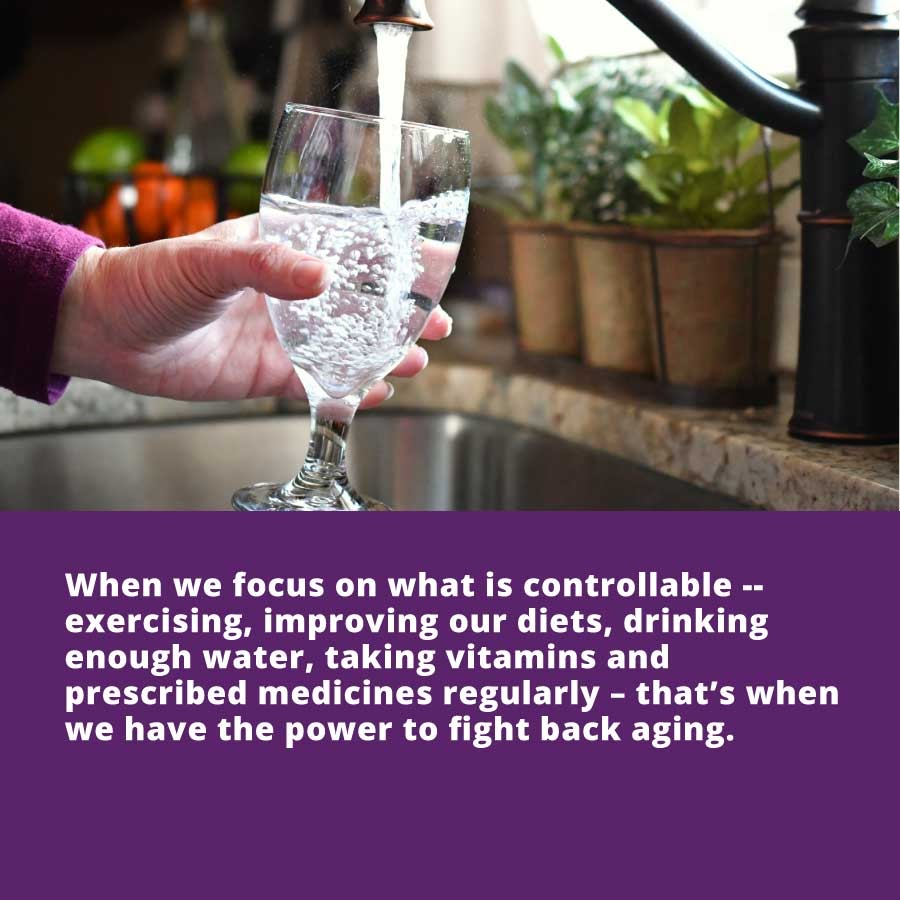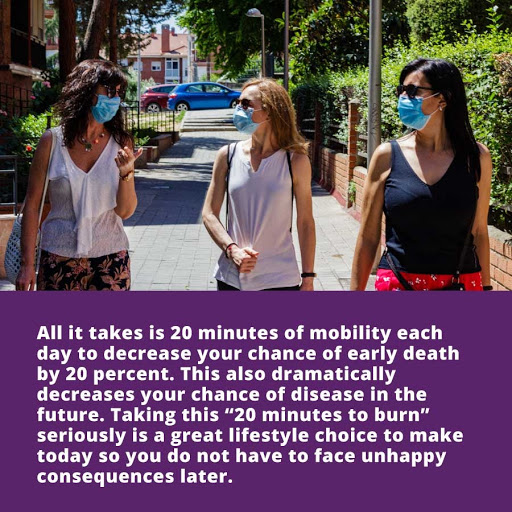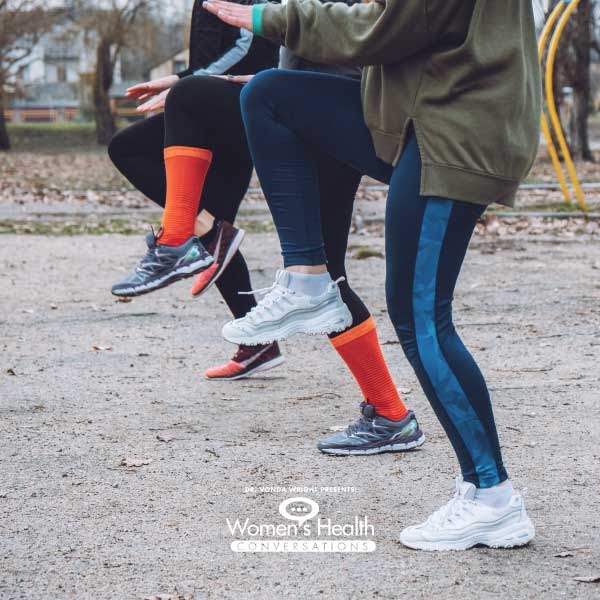High Intensity Exercise: The Best Anti-Aging Strategy?
Don’t be afraid of the title, high intensity exercise can be fun and (spoiler) it’s worth it. We say it all the time here at Women’s Health Conversations: Aging is optional. There’s no good reason not to get better as you get older; stronger, fitter, smarter, more confident, and empowered.
When it comes to finding the right method of exercising for you, it can be a challenge at any age. In a world promoting “anti-aging” this and “anti-aging” that, it’s tough to discern which remedies will actually help us age better. Throughout our lives, hormonal challenges make it even harder to figure out which remedies work best. But are they even products at all? Or is the best anti-aging “remedy” a holistic one that starts with living an active lifestyle? I think you know where I’m headed with this!

When we focus on what is controllable — exercising, improving our diets, drinking enough water, taking vitamins and prescribed medicines regularly – that’s when we have the power to fight back aging.
We already know the physical benefits of exercise when it comes to toning our bodies, but it’s harder to grasp how it can be beneficial on a cellular level. Afterall, we can’t see our cells becoming healthier. My research and the research of my colleagues has proven that reversing aging on a cellular level is possible through high intensity exercise. Incorporating intense exercise into our lives is the key to anti-aging, and it improves your body’s physical appearance as well!
To be strong, healthy, and feel 10 years younger, you have to hit the weights, get your heartrate up, and train for strength. Throughout our lives, hormonal challenges make it even harder to figure out which remedies work best. High intensity exercise is just as vital to your health as mammograms, and it becomes even more critical after age 50. Women who do not perform strength-training activities will lose up to 5 percent of their lean muscle tissue – per decade.
High Intensity Exercise – You Can Do It!
It’s a fact that 78 percent of people over the age of 50 understand that exercise is the key to aging well. At the same time, only 28 percent actually do something about it. On top of the time commitment, high intensity exercise isn’t easy and the learning curve is high. Once you get over the hump and start seeing and more importantly feeling the benefits, it makes it all worthwhile.
As humans, we are engineered to be physically active; it’s in our genes. Current scientific evidence supports that our “genes evolved with the expectation of requiring a certain threshold of physical activity for normal physiologic gene expression.” A normal physiological range depends on steady exercise. When we’re not physically active, we’re going against our own human nature.

Any steady exercise is better than being sedentary. All it takes is 20 minutes of mobility each day to decrease your chance of early death by 20 percent. This also dramatically decreases your chance of disease in the future. Taking this “20 minutes to burn” seriously is a great lifestyle choice to make today so you do not have to face unhappy consequences later.
Studies of high-intensity aerobic exercise “revealed a more robust increase in gene transcripts than other exercise modalities, particularly in older adults.” Abundant intense exercise has the power to increase mitochondrial function. Regenerating and adding cells, particularly in your muscles as you exercise, is of huge benefit for anti-aging.
Muscles and Your Health
There’s a direct correlation between your health and your muscle mass. The more muscle you build, the faster your metabolism functions, which makes it easier to lose weight and keep it off. Strength training can rev up your metabolic rate by up to 15 percent! Not to mention, muscle mass reduces your risk for diabetes, stroke, heart disease, and cuts your risk for falls!
Strength training, a key part of mitochondrial revival, helps you keep the muscle you have while building more as a buffer against natural loss. When you commit to bursts of intense exercise, your muscles will improve because intense exercise stimulates their growth by causing tiny tears in the tissue, which makes your body build more muscle.
When you don’t use your muscles, you will lose them. And, you don’t want to lose any more muscle than you already will through the natural aging process. You want to keep building muscle. Not to mention, for each pound of muscle you lose by not using it, it’s typically replaced with a pound of fat, which takes up 18 percent more space than a pound of muscle.
High Intensity Exercise… Changing Gene Operation?
Researchers at the University of New Mexico explored mitochondrial impairment on younger and older subjects, and then conducted research by adding intense exercise into the equation. After 26 weeks of intense training, “The gene expressions of the resistance trained older subjects demonstrated characteristics similar to those of the younger group. These researchers also noted that mitochondrial impairment, normally seen with inactivity, was reversing”
This older population was similar to the younger population on a gene level when they exercised the same ways – lifting weights and pushing themselves regularly. This means that just because we’re “older” doesn’t mean that our bodies can’t perform the way we used to. That’s because our bodies genetically adapt to exercise and agree with exercise. Physical activity helps our bodies fight back aging.
Anti-aging all goes back to muscular health. Muscle energetics and remodeling ontology, as discussed in a study published in the National Library of Medicine, are in fact tied to regular exercise training. Two things – exercise must be both highly consistent and high energy in order to reap the full benefits of the change in gene operation. Our muscles’ DNA plays a role in how we age. And, again, exercise is totally within your control! You just have to commit.
Bottom line, the more you exercise, the greater your mitochondrial activity, and the more efficient your muscles become at burning fat and providing energy in your many years to come.
Forms of High Intensity Exercise
High intensity exercises are often called HIIT, or high intensity interval training. There are two main types of HIIT – aerobic and body weight. Aerobic HIIT exercises are things like running and spin-classes which is a great low-impact alternative to running. Not to mention, it’s fun and can be done in your own living room! Bodyweight HIIT exercises include Tabata, Crossfit, and boot-camp training. Now I know what you’re thinking, this is a lot at once. You’re right! You don’t have to dive in head first so to speak. You can read my book, Fitness after 40, to find effective and fun 20 minute exercises that will help you work your way up to the right HIIT exercise for you. Hate working out altogether? We’ve got advice for that too.
No matter where you are on your fitness journey or life journey, it’s not too late to get started. Make today the day you prioritize your body, brains, and bliss. I guarantee you won’t regret it tomorrow!

